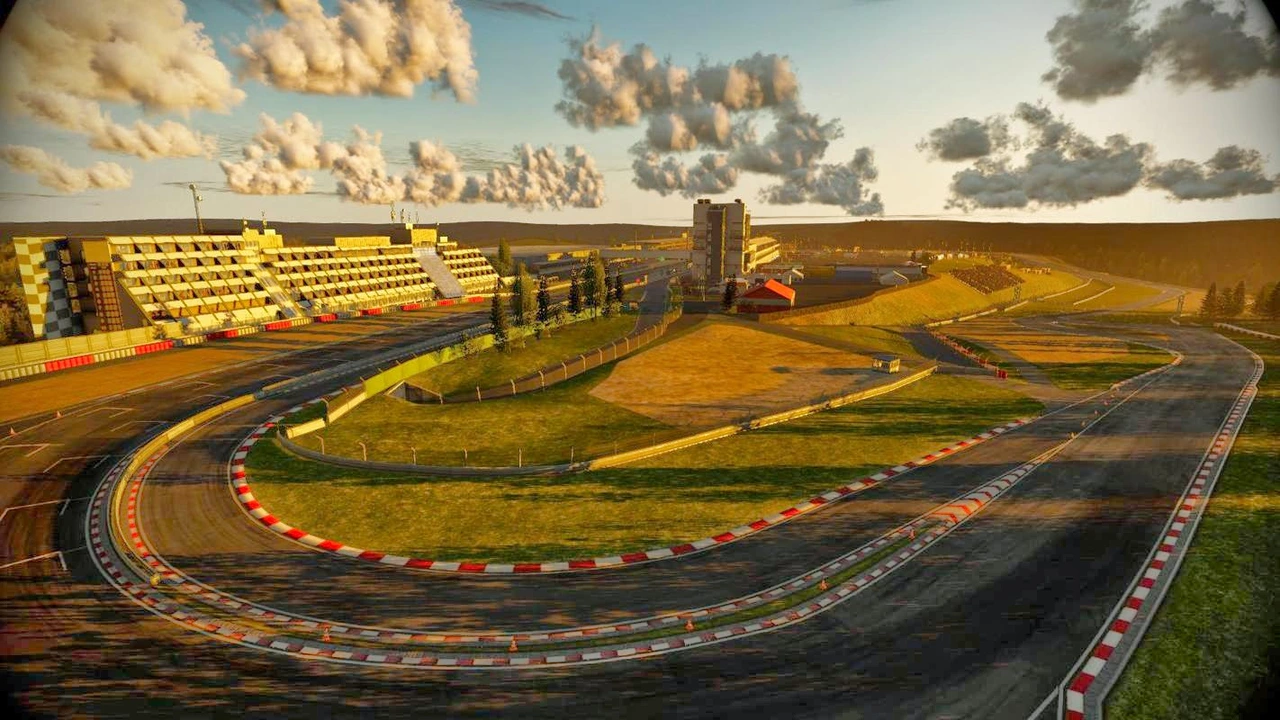Track Creation: Simple Steps to Build a Fast, Safe Race Circuit
Thinking about building your own track? You don't need an engineering degree, just a clear plan and a few practical tips. This guide walks you through the must‑do steps so you can create a track that feels exciting, runs smoothly, and keeps drivers safe.
Planning the Layout
Start with a sketch. Grab a piece of paper or a basic drawing app and map out the shape you want. Most good tracks mix straight sections for speed with hairpins or chicanes for challenge. Keep the overall length in mind – a 2‑3 km loop works for most club events, while a shorter 1 km sprint is great for drag‑style racing.
Think about flow. Drivers should be able to see the next corner, not get blind‑sided by a sudden turn. Use visual cues like a slight bend before a sharp corner; it helps the car stay balanced. Also, leave enough run‑off area on the outside of fast turns – it’s a safety net if someone runs wide.
Check the land. A flat, open field is ideal, but most sites have some slope. Small elevation changes add excitement, but big hills can cause dangerous speed differences. If you have a hill, place it on a straight where drivers can control their speed, not before a tight corner.
Choosing the Right Surface
Surface choice directly affects grip, tire wear, and maintenance costs. Asphalt is the most common because it offers good grip and is relatively cheap to lay down. Concrete provides a very consistent surface but can be harsher on tires and more expensive.
If you’re on a budget, look for recycled asphalt or a mix of crushed stone and binding agents. It might need more frequent resurfacing, but it gets the job done for local clubs. Whatever you pick, aim for a smooth finish – bumps and cracks cause cars to lose control and can damage suspension.
Don’t forget drainage. Water on the track is a safety nightmare. Build a slight camber (1‑2% slope) on the road surface so water runs off to the sides. Install proper gutters or drainage pipes to keep the track dry after rain.
Finally, think about safety barriers. Concrete walls are strong but unforgiving. Energy‑absorbing barriers like tire walls or SAF‑R panels reduce impact forces and are more forgiving for drivers.
With layout, surface, and safety in place, you’re ready to fine‑tune the details. Add timing loops, start‑finish lines, and spectator areas if you expect crowds. Keep everything clear and marked – signage tells drivers what’s coming and keeps the race flowing.
Bottom line: a good track balances speed, challenge, and safety. Sketch, pick a solid surface, plan drainage, and protect drivers with proper barriers. Follow these steps and you’ll have a track that racers love and that stands the test of time.

Is there a racing game where you can make your own track?
As a racing game enthusiast, I have always wondered if there is a racing game where you can make your own track. After some research, I found that games like Trackmania, ModNation Racers, and Mario Kart have track editors that allow players to create and customize their own racing tracks. These games offer a variety of tools and options to design tracks that cater to different skill levels and preferences. I personally think this adds an exciting new layer to the gameplay experience, as it encourages creativity and endless possibilities in track design. I can't wait to try my hand at creating my own unique racing tracks!
- Sports (5)
- Entertainment (4)
- Sports & Recreation (3)
- Motorsport (2)
- Automotive Racing (1)
- Free Computer Games (1)
- Drag Racing Tips and Strategies (1)
- Biography Websites (1)
- Gaming and Racing Simulation (1)
- Automotive & Racing (1)
-
How do I get into pro racing with my own car?
25 Jan 2023 -
Escort - The Erotic Museum is another place that people who are interested in sex often go to in Dubai
7 Dec 2025 -
Hilaria Baldwin & Gleb Savchenko Eliminated on Disney Night as 40M Votes Surge
8 Oct 2025 -
Why aren't racing circuits copied in other parts of the world?
14 Mar 2023 -
Why is the height of a racing car kept small?
20 Jul 2023
5.05.23
Caden Lockhart
0